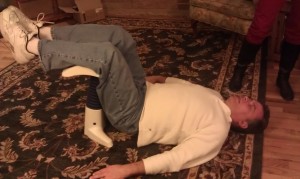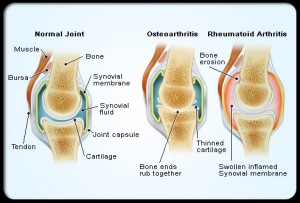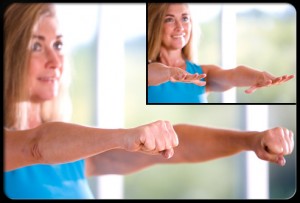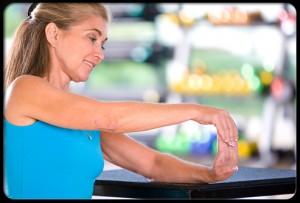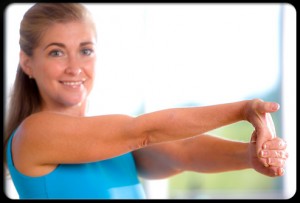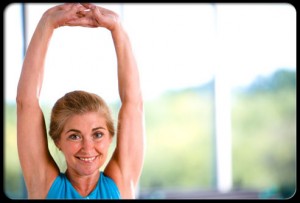Gentle Reader,
I was talking with a guy last night who had to have an operation for his hip. The osteoarthritis had become so advanced into the hip joint that various movements were impeded. A long time supplement user, he fortified himself with various supplements in order to tolerate the operation well and heal quickly. He is a little disappointed with how long it has taken to get back to a range of motion he hoped for. He is apprehensive about the operation waiting for his other hip.
As a wellness advisor, I have counseled many people about steps they might take to prepare for surgery, all kinds of surgery, whether for cancer or for arthritis and bone issues. I thought I would share with you the document I have developed over the years. Please add your own thoughts if you have had surgery and found alternative supplementation and actions that have helped with healing.
Before Surgery:
Soy protein 2 x daily (if taking chemo, increase to 3-4 x daily)
Vita-Lea 3-4/daily (Shaklee’s multivitamin-mineral supplement)
Fiber Tablets or Mix: Soluble fiber (bloodstream), insoluble fiber (gut)
Herb Lax: Cleanses gut, blood
Vita. C Sustained Release w/bioflavinoids: anti-inflammatory, new cells grow faster, immune system support, helps w/pain. Take a minimum of 3-4 of 500 mg./da – up to 10,000 mg. (gradually decrease since body has to adjust to excreting excess)
B-Complex: aids in good digestion. Depleted by stress. Take 8/da – space out
Zinc: Helps w/pain, healing, no more than 50-60 mg./day except when there is trauma like a cut or incision (up to 120 mg./da until healed). Body can’t make new cells w/o zinc, protein, & C.
Immunity Formula I: 2-8/da (A proprietary Shaklee supplement to enhance the immune response.)
Carotomax: Cleanses cells, reduces inflammation (swelling), makes mucous membranes healthy. Especially helpful if using breathing machine.
Vitamin E: Oxygenates cells, gets rid of toxins of anesthesia.
DO NOT take GLA, E, OmegaGuard (fish oil), Garlic or lecithin before surgery. Stop 1 week prior.
Alfalfa (vitamin K): 10-20/da to reduce bleeding during & after surgery.
Garlic: Helps flora, antibacterial agent. Not before surgery as is a blood thinner.
NutriFeron: Take 4 for 2 weeks. (A proprietary herbal blend that stimulates interferon production.)
OsteoMatrix: Coats nerve endings, helps repair them quicker, helps you relax so you can sleep deeper (can take w/Gentle Sleep Complex). (This is Shaklee’s calcium product.)
Iron: Need blood test to know if needed. (Shaklee’s comes with vitamin c to help absorption.)
After Surgery:
Performance: Dilute more than usual, make ice chips out of it, & start taking slowly as soon as feel like it. (Shaklee’s rehydrating drink, perfectly balanced for absorption.)
Protein: Take as soon as can drink but don’t feel nauseated. Alternate with Physique. (Physique is Shaklee after workout maximize, excellent for healing sore muscles.)
Liver DTX: 2 at night (Shaklee’s detox milk thistle product to help restore normalcy after the medications of surgery.)
Stomach Soothing complex: Helps calm digestive system if feeling queezy. Made with peppermint and ginger, can be taken as a tablet or dissolved into hot water for tea.
Vita-Cal: Helps reduce gas bubbles. (A chewable Shaklee calcium product)
Fiber: Start w/very small amounts to start cleansing. A Fiber Blend tablet or ¼ tsp. Fiber Blend.
Vitamin E 400+: 4-6/da. Prevents blood clots, oxygenates. Start slowly if high blood pressure is an issue.
Lecithin: Helps build sheath around nerve endings which helps reduce pain. 6 daily
GLA: Up to 6/da, anti-inflammatory. (Shaklee makes their GLA from borage oil for best absorption and least contamination)
Omega Guard (fish oil): If you digest it well.
Alfalfa: Diuretic, liver cleanser, reduces swelling, helps kidneys, etc. start working again. 20 daily
Herb-Lax: Start slowly. Very helpful after surgery as elimination slows down so much from the anesthetic. Take to the hospital. From personal experience, this is super important.
Purified Water: very important
B-Complex: Promotes healing, increases energy level.
Ginseng: Helps energy & supports adrenal glands. (Shaklee’s CorEnergy)
Dandelion leaf: Swelling & inflammation. (Not a Shaklee product)
Optiflora pills and powder is strongly recommended to rebuild the flora. 1 serving daily of this pre and pro biotic made by Shaklee
This is a tall order when you may not be used to taking so much stuff.
The minimum pre-op is Energizing Soy Protein, Vita C, Optiflora, Vita lea Gold and Alfalfa
Post op: Physique, Vita C, Vita E, Optiflora, Vita Lea Gold, Alfalfa, Herb lax, Lecithin.
I have gleaned this information primarily from Carol Dalton, a nurse practitioner in Colorado who, during her long practice, has found the Shaklee supplements to work best for her patients. People who have followed this protocol have had remarkable healing and suffered the least from the trauma of surgery.
Be Well, Do Well and Keep Moving,
Betsy
BetsyBell’s Health4u
206 933 1889
www.HiHoHealth dot com

